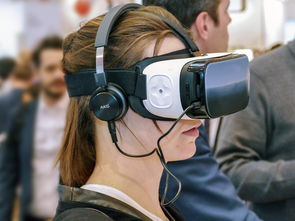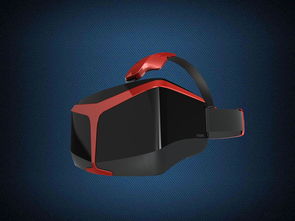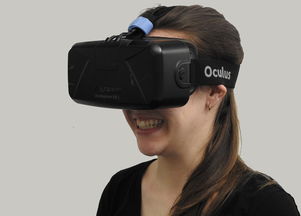Virtual Reality (VR) technology has come a long way since its inception, evolving from a concept in science fiction to a tangible reality that is transforming various industries. This article delves into the evolution of VR, its current state, and the profound impact it is having on society.
The concept of VR dates back to the 1930s with the publication of "Storm King's Thunder," a novella that described a device capable of stimulating all five senses to create an immersive experience. However, it wasn't until the 1960s that the first VR headset was developed by Ivan Sutherland, known as the "Sword of Damocles." This early prototype laid the groundwork for future advancements in the field.
Over the decades, VR technology has seen significant developments. The 1980s and 1990s brought about the first commercial VR products, such as the Virtuality arcade machines and the Nintendo Virtual Boy. These early attempts, while groundbreaking, were limited by the technology of the time, often resulting in clunky hardware and poor user experiences.
The 21st century has seen a resurgence in VR technology, driven by advancements in computer graphics, processing power, and sensor technology. Companies like Oculus, HTC, and Sony have developed high-quality VR headsets that offer immersive experiences with realistic graphics and interactive environments. The release of the Oculus Rift in 2016 marked a significant milestone, as it was one of the first consumer-grade VR headsets to gain widespread popularity.
Today, VR technology is not just a novelty but a tool with practical applications across various sectors. In healthcare, VR is used for medical training, therapy, and pain management. Surgeons can practice complex procedures in a virtual environment, while patients can use VR to manage anxiety and pain through distraction and relaxation techniques.
In education, VR offers a new way to learn by providing immersive experiences that can transport students to historical events, far-off places, or even the depths of the ocean. This interactive approach to learning can enhance engagement and retention, making education more accessible and enjoyable.
The entertainment industry has also embraced VR, with video games and movies being developed specifically for virtual reality platforms. This has opened up new possibilities for storytelling and interaction, allowing users to become active participants in the narrative rather than passive observers.
VR's impact on the workforce is also noteworthy. It is being used for remote collaboration, training, and even recruitment. Companies can simulate work environments to train employees or conduct interviews in a virtual setting, reducing costs and increasing efficiency.
However, the widespread adoption of VR technology is not without challenges. Issues such as motion sickness, the cost of equipment, and the need for high-speed internet connectivity are hurdles that need to be overcome. Additionally, there are concerns about the ethical implications of VR, such as privacy and the potential for addiction.
Despite these challenges, the future of VR looks promising. As technology continues to advance, we can expect VR to become more integrated into our daily lives. The development of 5G networks will enable smoother and more responsive VR experiences, while advancements in AI could lead to more personalized and intelligent virtual environments.
In conclusion, VR technology has evolved from a futuristic concept to a transformative tool with applications in numerous fields. Its impact on society is multifaceted, offering new ways to learn, work, and entertain. As VR technology continues to mature, it holds the potential to revolutionize how we interact with the digital world and each other. The journey of VR is a testament to human ingenuity and the relentless pursuit of innovation, and its story is far from over.









